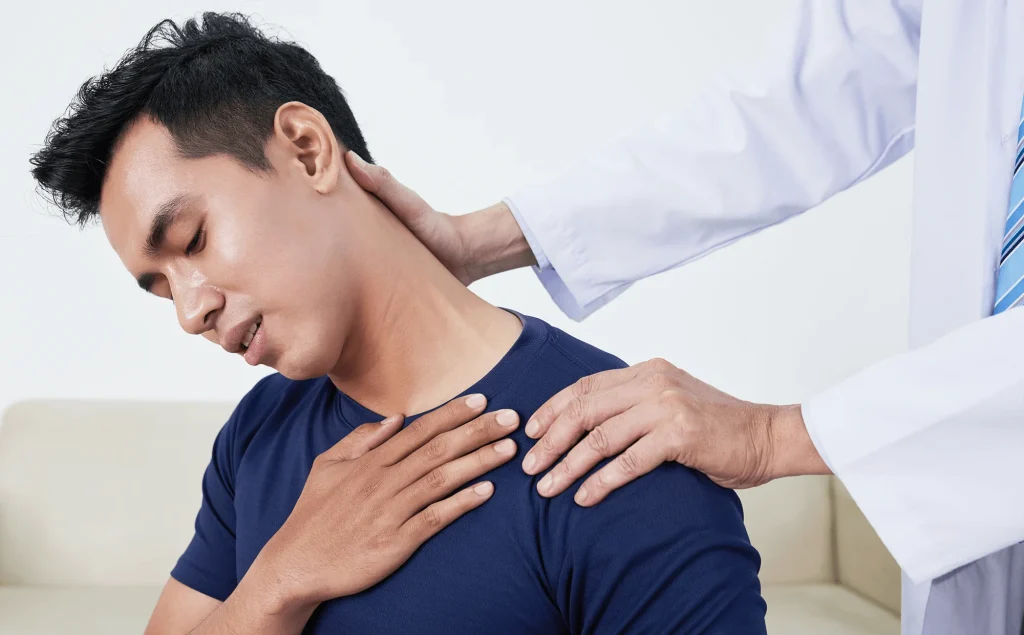In this post we discuss the difference between tightness and range of motion and why it matters.

You’ve probably had this experience. You go to see a rehab professional because you’re experiencing some discomfort around your neck.
It’s been bothering you for a while, so much so that you’re having trouble turning your head to one side.
They check you over and decide yes indeed your movement seems very limited to the right.
You lay down on the massage table and they start prodding the muscles on the tops of your shoulders.
They remark, after they hit one particular sore spot, that this muscle feels very tight. You wince in agreement.
There follows some agonising massage and more poking on these spots of exquisite tenderness.
You kind of feel better afterwards but you’re not sure if that’s because you’re relieved it’s over.
So what just happened?
In this encounter, which is very typical, there has been only one objective measure applied.
That was when the practitioner agreed you had limited range of motion to one side. Everything that followed is entirely subjective.
Subjective and objective measures matter when you’re making decisions.
They’re the difference between a pilot landing the plane at the airport, or landing the plane where they think the airport probably is.
Which plane would you prefer to be on?
Tightness is subjective, range of motion is objective
When a practitioner touches an area of your body and tells you a muscle feels tight, this is not an objective measure.
It’s an opinion that’s heavily influenced by their bias.
And if their bias is that tight muscles are the issue, guess what they’re going to find?
In fact I wonder if a therapist has ever touched the tops of somebody’s shoulders and said they would benefit from more tension in this area.
Surely this would be appropriate at least some of the time?
Objective measures like range of motion and strength are the only reliable indicators to make decisions on.
Anything else is really just giving it a rub and hoping for the best.